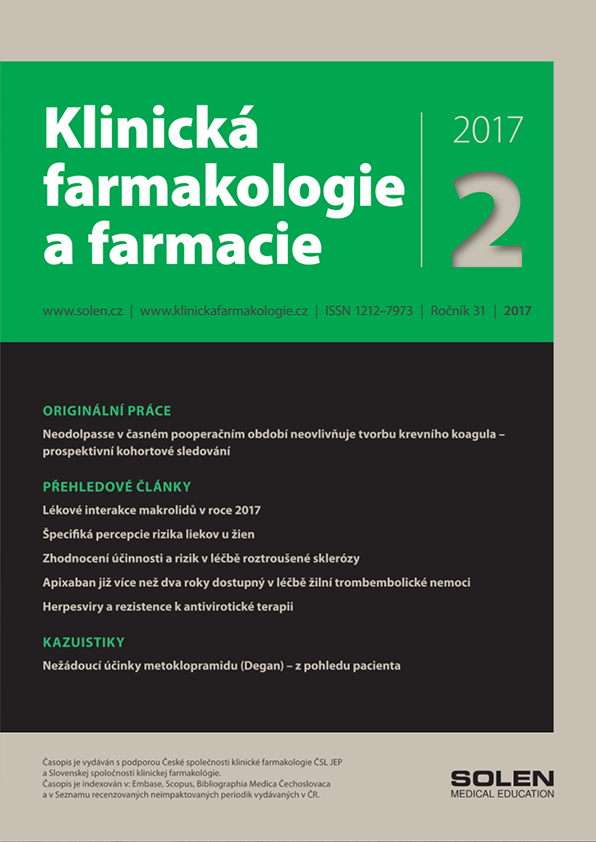Neurológia pre prax 5/2024
Surgical treatment of spontaneous intracranial hypotension
Spontaneous intracranial hypotension is characterized by postural headaches arising from leakage of cerebrospinal fluid without any previous insult into the extradural space. Magnetic resonance is of fundamental importance in the diagnosis of the disease due to a number of typical signs occurring in this disease in the vast majority of patients. The second step is the identification of the location of the cerebrospinal fluid leak, which requires special diagnostic imaging methods and examination techniques. Spontaneous intracranial hypotension can also disappear spontaneously. Its treatment is primarily conservative and consists of rest, volume therapy and administration of analgesics. The application of an epidural blood patch is on the border between conservative and invasive treatments. If these procedures are not successful and the site of cerebrospinal fluid leakage is clearly identified, the surgical treatment is indicated. In the case of a longitudinal dural tear, its identification and closure is performed, in the case of a meningeal diverticulum, its closure with possible duraplasty in patients with a larger dural ectasia is made, cutting off a CSF-venous fistula, or lumbar dural reconstruction surgery.
Keywords: spontaneous intracranial hypotension, dural tear, meningeal diverticulum, CSF‑venous fistula, surgical treatment

















